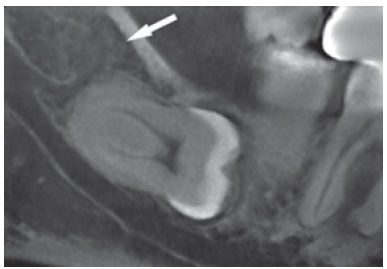Abstract
Aim:
To determine the prevalence and classification of bifid mandibular canals using cone beam computed tomography (CBCT).
Methods:
The sample comprised 300 CBCT scans obtained from the Radiology and Imaging Department database at São Leopoldo Mandic Dental School, Campinas, SP, Brazil. All images were performed on Classic I-Cat(r) CBCT scanner, with standardized voxel at 0.25 mm and 13 cm FOV (field of view). From an axial slice (0.25 mm) a guiding plane was drawn along the alveolar ridge in order to obtain a cross-section.
Results:
Among 300 patients, 188 (62.7%) were female and 112 (37.3%) were male, aged between 13 to 87 years. Changes in the mandibular canal were observed in 90 patients, 30.0% of the sample, 51 women (56.7%) and 39 men (43.3%). Regarding affected sides, 32.2% were on the right and 24.5% on the left, with 43.3% bilateral cases.
Conclusions:
According to the results obtained in this study, a prevalence of 30% of bifid mandibular canals was found, with the most prevalent types classified as B (mesial direction) and bilateral.
Keywords:
anatomy; mandible; classification







